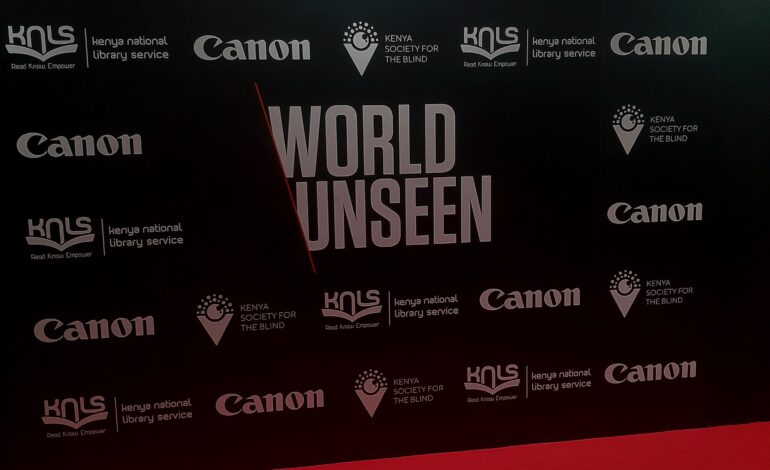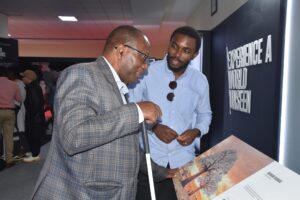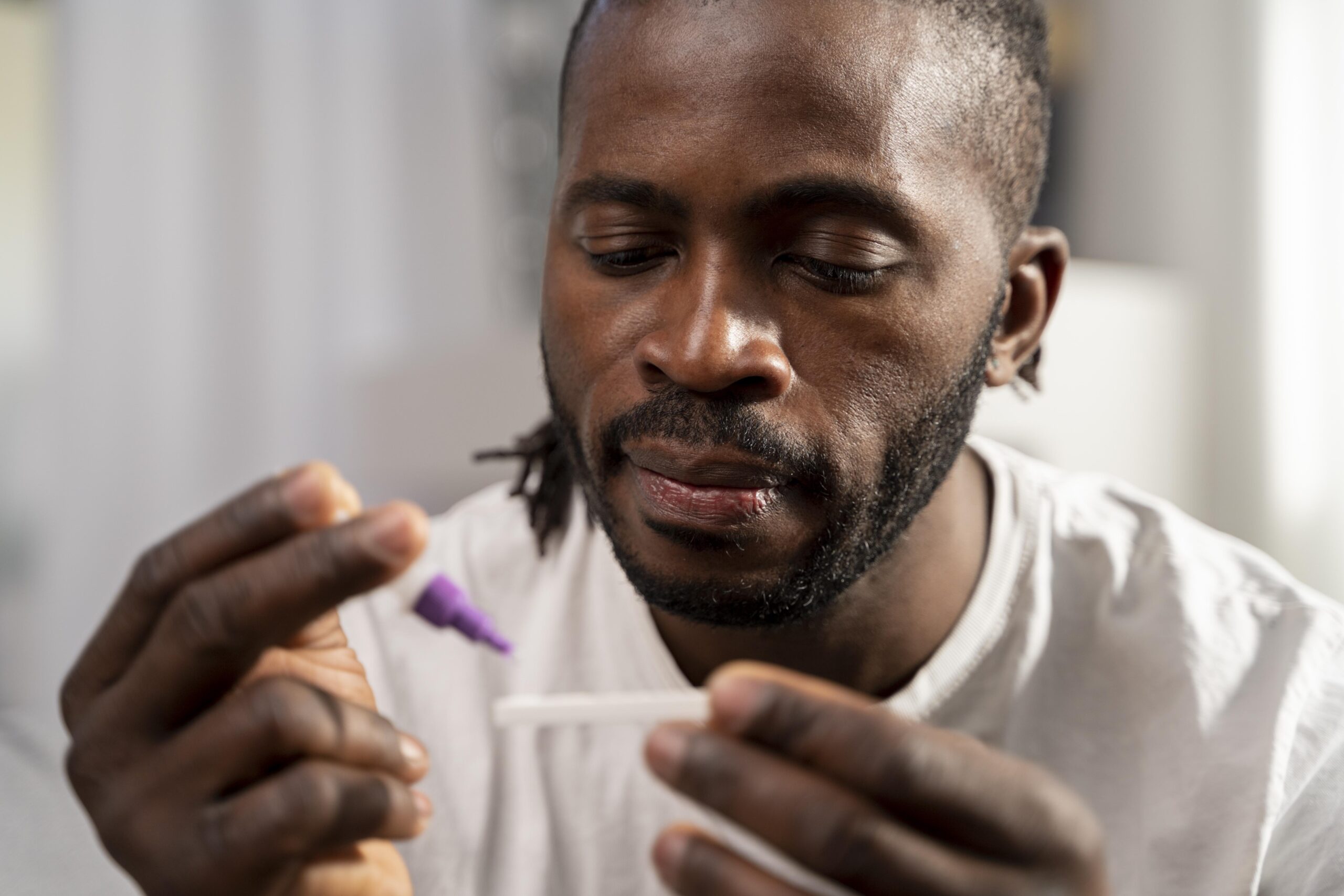The World Unseen: Canon’s Photography Exhibition Bridges the Visual Divide

Imagine a world where art transcends the boundaries of sight—a world where the visually impaired can “see” photographs through touch and sound, fostering an experience that redefines inclusivity.
Canon, a leader in imaging and photography, made this vision a reality with its revolutionary World Unseen exhibition.
Launched in London, the exhibition has traversed Europe and touched down in Morocco earlier this year, captivating audiences with its innovative approach to visual storytelling.
For its second showcase in Sub-Saharan Africa, the exhibition landed in Nairobi, Kenya, merging creativity and accessibility like never before.
The Nairobi chapter of the World Unseen began on 3rd December 2024, coinciding with the International Day of Persons with Disabilities, and ran until 8th December.
Held at the Kenya National Library Service (KNLS), the exhibition encapsulated its mission to make photography an inclusive art form accessible to all, especially those with visual impairments.
A bold vision for accessibility
“For eight years, I have been part of Canon, spearheading brand communications and activations. This exhibition is one of the boldest projects we have undertaken,” shared Marina Domokurova, Canon’s representative. “Our mission has always been to make visuals accessible to everyone, including the visually impaired or partially sighted. It was an out-of-the-box idea that we started implementing earlier this year.”
Partnering with the Kenya Society for the Blind (KSB) and KNLS, Canon transformed traditional photography into a multi-sensory experience.
Using advanced Arizona printer series and PRISMAelevate XL software, the team produced elevated tactile prints, complete with Braille descriptions.

This allowed blind visitors to feel the textures and shapes of the images while audio descriptions provided additional context.
For partially sighted and sighted visitors, simulation layers were added to depict how those with visual impairments see the world.
“This exhibition not only aims to create awareness about visual impairments but also fosters empathy and collaboration to make our world more inclusive,” added Marina.
Transformative Impact
As an organisation dedicated to preventing blindness and supporting the visually impaired, Kenya Society for the Blind (KSB) was instrumental in the exhibition’s success.
Brian Safari, Communications Officer at KSB, noted, “The Canon photography exhibition has been transformative. By blending elevated prints, audio descriptions, and braille, it provided a holistic experience for people with visual impairment. For sighted individuals, simulations of visual impairments promoted empathy and understanding.”
Safari further highlighted the challenges Kenya is facing, where about 80% of the population in Kenya is at risk of developing visual impairments due to limited access to eye care services, limited awareness about eye health and preventive measures.
“Through this exhibition, we aim to inspire innovation and inclusivity in addressing these challenges. Canon’s efforts to include everyone—sighted or visually impaired—set a remarkable example,” he emphasised.
For attendees like Joy Katunge, a visually impaired student at Kenyatta University, the exhibition was a groundbreaking experience. “This was my first encounter with tactile art, and it was incredible. Touching and feeling the images helped me form vivid mental pictures,” Joy shared. “The inclusion of audio descriptions made the experience even more accessible. Initiatives like this show how creativity can break barriers and ensure everyone can enjoy art and photography.”
Joy’s reflections echo the sentiment that the exhibition is not only about accessibility but also about inspiring dialogue and action to support inclusive practices in the creative industry.
Masterclasses and Beyond
In addition to the exhibition, Canon conducted masterclasses, led by Canon photographers; Paras Chandaria, Peter Ndung’u and Georgina Goodwin, who engaged 15 selected participants with physical and visual impairments equipping them with photography skills.

These sessions demonstrated how technology could empower individuals with disabilities to tell their own stories.
Marina revealed, “We trained visually impaired students to use photography as a medium of expression. Seeing their growth and passion has been one of the most rewarding aspects of this journey.”
A Call to Action
As the curtains closed on the Nairobi exhibition, its message was clear: art is a universal language that should be accessible to all. This collaborative effort between Canon, KSB, and KNLS underscores the importance of innovation, inclusion, and empathy in building a better future.
In the words of Brian Safari, “Technology is the greatest equalizer. Exhibitions like these remind us of the collective responsibility we share in creating a world that leaves no one behind.”
As Canon continues its journey to redefine photography, World Unseen serves as a testament to the power of creativity in breaking barriers and connecting communities.









